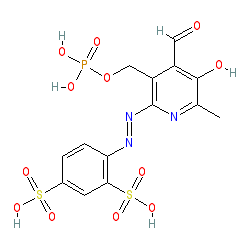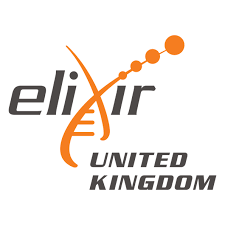|
Compound class:
Synthetic organic
Comment: The structure of this ligand was drawn from the image in [1]. There is some variation in representations of the structure elsewhere, which include CID 6093163.
Ligand Activity Visualisation ChartsThese are box plot that provide a unique visualisation, summarising all the activity data for a ligand taken from ChEMBL and GtoPdb across multiple targets and species. Click on a plot to see the median, interquartile range, low and high data points. A value of zero indicates that no data are available. A separate chart is created for each target, and where possible the algorithm tries to merge ChEMBL and GtoPdb targets by matching them on name and UniProt accession, for each available species. However, please note that inconsistency in naming of targets may lead to data for the same target being reported across multiple charts. ✖ |
|
|||||||||||||||||||||||||||||||||||
| References |
|
1. Jacobson KA, Ivanov AA, de Castro S, Harden TK, Ko H. (2009)
Development of selective agonists and antagonists of P2Y receptors. Purinergic Signal, 5 (1): 75-89. [PMID:18600475] |
|
2. Jones CA, Chessell IP, Simon J, Barnard EA, Miller KJ, Michel AD, Humphrey PP. (2000)
Functional characterization of the P2X(4) receptor orthologues. Br J Pharmacol, 129 (2): 388-94. [PMID:10694247] |
|
3. Marteau F, Le Poul E, Communi D, Communi D, Labouret C, Savi P, Boeynaems JM, Gonzalez NS. (2003)
Pharmacological characterization of the human P2Y13 receptor. Mol Pharmacol, 64 (1): 104-12. [PMID:12815166] |
|
4. von Kügelgen I, Hoffmann K. (2016)
Pharmacology and structure of P2Y receptors. Neuropharmacology, 104: 50-61. [PMID:26519900] |
|
5. Waldo GL, Corbitt J, Boyer JL, Ravi G, Kim HS, Ji XD, Lacy J, Jacobson KA, Harden TK. (2002)
Quantitation of the P2Y(1) receptor with a high affinity radiolabeled antagonist. Mol Pharmacol, 62 (5): 1249-57. [PMID:12391289] |







